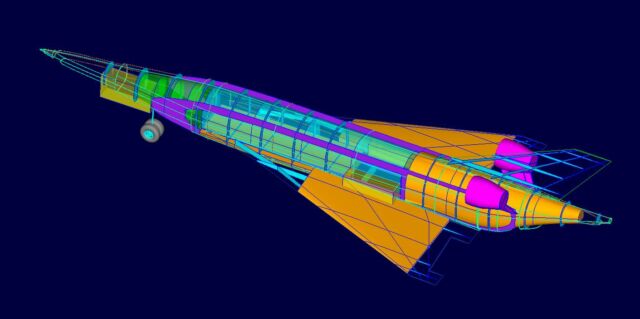 A wireframe image of an aircraft being designed. NASA
A wireframe image of an aircraft being designed. NASA
NASA’s Hypersonic Technology project is divided into four main research areas:
System-Level Design, Analysis, and Validation (RT-1)
This area focuses on developing and validating computational tools for analyzing hypersonic propulsion and vehicle systems, including uncertainty quantification. It conducts comprehensive systems analysis to understand the benefits of hypersonic vehicles for high-speed travel and space access, aiming to enhance reusability, affordability, and reliability.
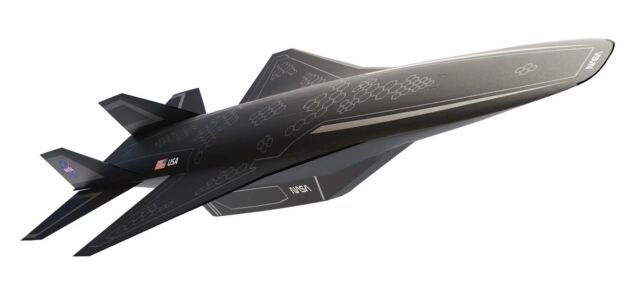
An illustration of a hypersonic vehicle. NASA
Propulsion Technologies (RT-2)
This area is dedicated to developing various propulsion systems like turboramjets, ramjets, integrated combined-cycle engines, dual-mode engines, and scramjets. It also works on mode transitions, combustor operability, fuels, controls, and sensors, using computational fluid dynamics for predictive simulations.
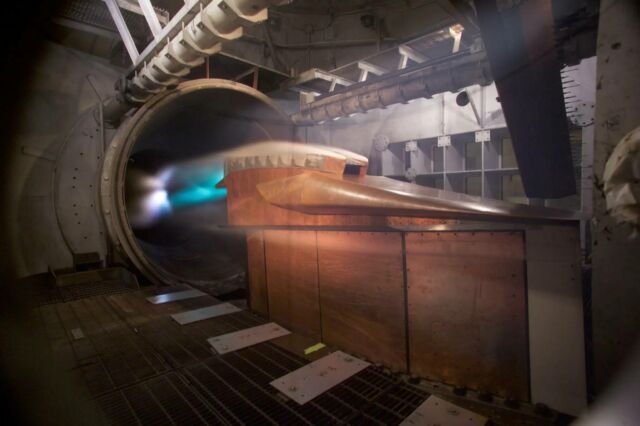 Hypersonic model test in the 8-Foot High Temperature Tunnel at NASA Langley. NASA
Hypersonic model test in the 8-Foot High Temperature Tunnel at NASA Langley. NASA
Vehicle Technologies (RT-3)
This area focuses on studying aerodynamic and aerothermodynamic phenomena, such as high-speed boundary-layer transitions and shock-dominated flows, to improve aerodynamic performance and reduce aerodynamic heating.
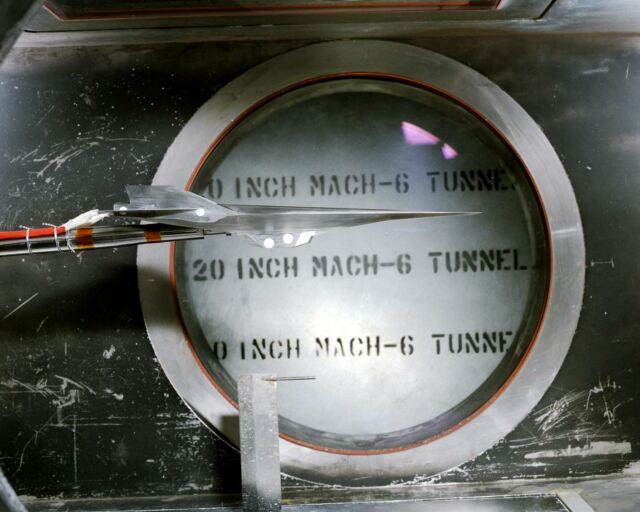 A model of a hypersonic vehicle and sensor in NASA’s 20-Inch Mach 6 Air Tunnel in the Langley Aerothermodynamic Lab. NASA
A model of a hypersonic vehicle and sensor in NASA’s 20-Inch Mach 6 Air Tunnel in the Langley Aerothermodynamic Lab. NASA
High-Temperature Material (RT-4)
This area explores materials that can withstand and be reused in high-temperature hypersonic flight.
source NASA


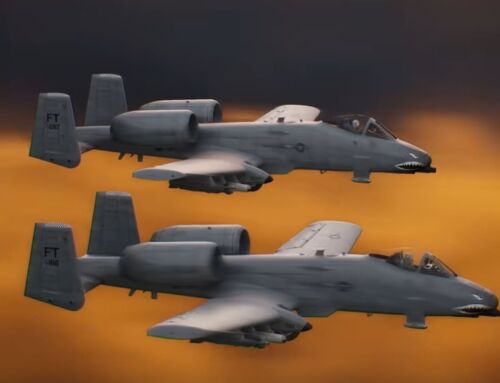
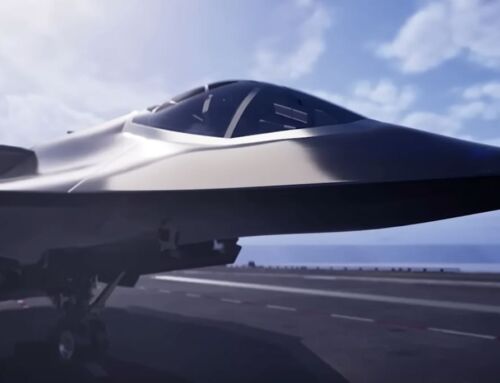
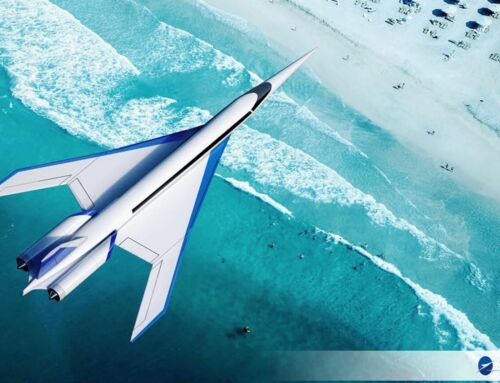
Leave A Comment